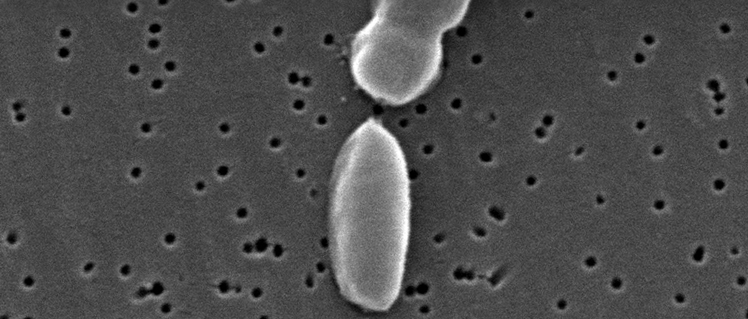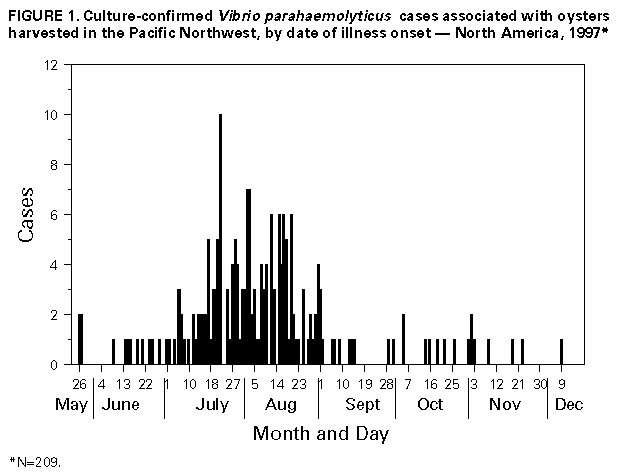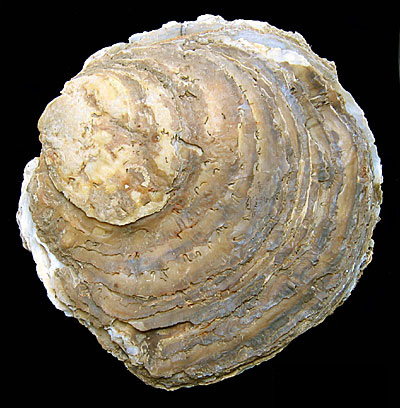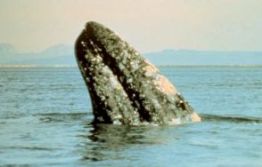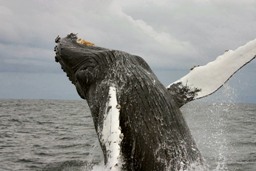Habitat
Vibrio parahaemolyticus is an obligate halophilic organism, meaning it requires salt to live. This organism is naturally occurring and found worldwide. Commonly, it can be found free swimming, latched onto underwater surfaces. However, the bacterium is found in higher concentrations in areas of large seafood consumption. Key components to life of V. parahaemolyticus are temperature of the water, salinity, and zooplankton blooms. Water replacement due to tidal flow and dissolved oxygen can also help determine the spatial and temporal spread of the bacterium.
Temperature is a vital habitat condition for this organism. Vibrio parahaemolyticus has the largest number of individual organisms during the warmest temperatures recorded in water. In one study (Tatsuo et al. 1973), the bacterium was most abundant during July, the month that had the highest temperatures recorded at 31° Celsius. The amount of organisms were too low and unnoticeable during the low temperatures of winter. It is possible that the bacterium survive in marine sediment during these cold temperatures and are then reintroduced when temperatures rise. Therefore, temperature has a direct correlation with the amount of species of V. parahaemolyticus.
Figure 1, above, shows the relationship with the amount of illness cases in each month caused by this organism. As you can see, the number of illnesses due to V. parahaemolyticus is at its peak during warm, summer months such as July and August. This figure is courtesy of the Center for Disease Control.
Vibrio parahaemolyticus is becoming an increasing pathogen on the coasts of the United States and Canada. Alaska is as far north as this species has been found. The bacterium is found much more in the Far East. In fact, the first pandemic caused by V. parahaemolyticus was found in Japan in 1950.
A change in habitat may cause certain changes to develop in the bacterium. The habitat specifically changes the toxicity of V. parahaemolyticus. More on these changes can be found in the Adaptations page of this organism's website.
Other organisms that share a habitat with V. parahaemolyticus are oysters, gray whales, and humpback whales. Also, the albacore tuna, Thunnus alalunga, can be found in the same habitat as this bacterium.
For a list of more animals, check out the Washington State Department of Ecology website.
